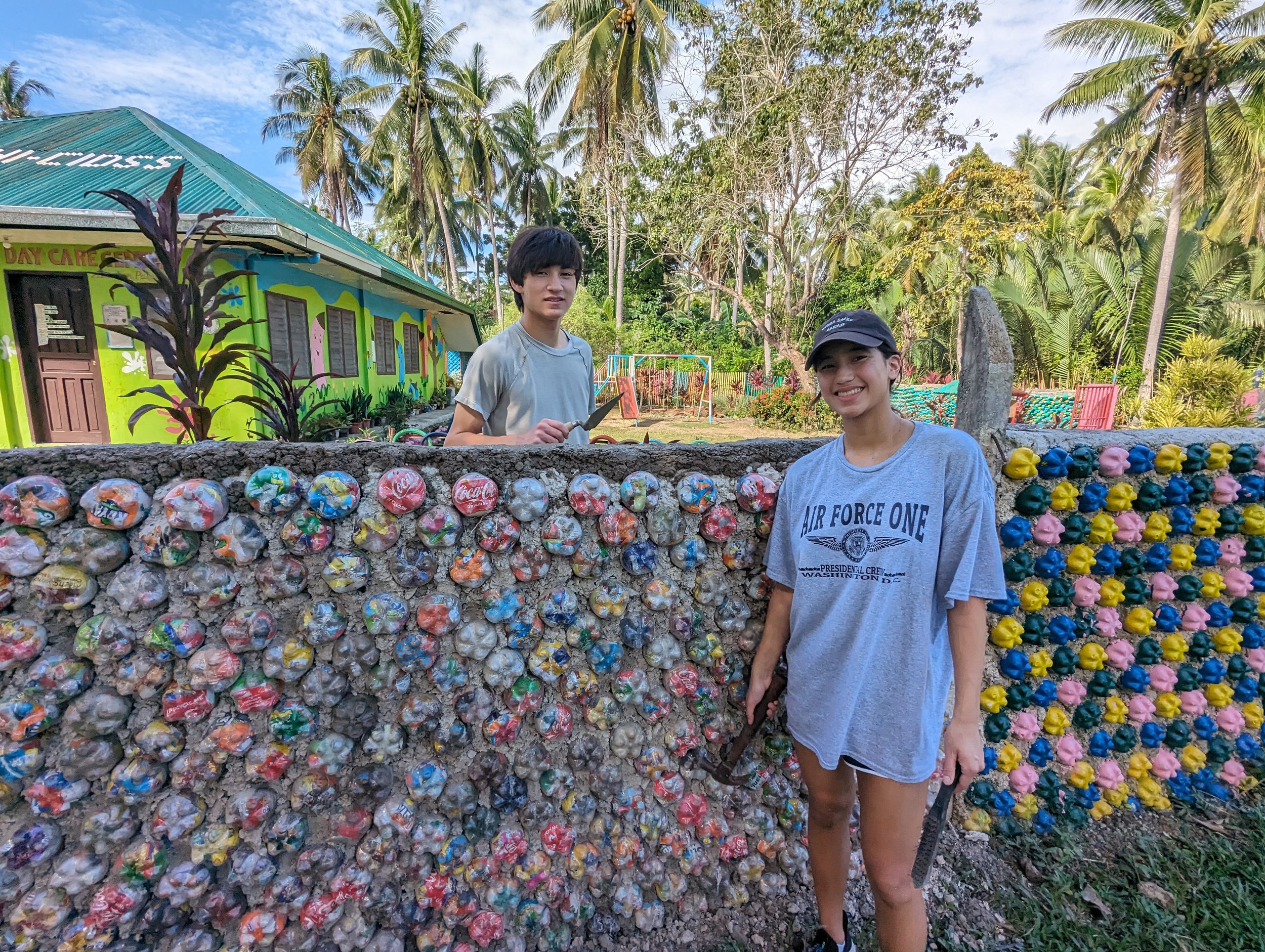What We Do
We aim to teach youth in the Philippines about STEM and environmental science-based concepts by delivering experiment kits at no cost to community centers and schools. Each kit demonstrates a different concept, from global warming to acid rain, children have the chance to explore their interests within different disciplines of STEM and environmental science. Each kit includes a lesson plan for a teacher to use while instructing students. Students split into groups and use materials and instructions provided in the kits to model simple and engaging experiments. Below are some examples of our kits.

One of our goals is to give students hands-on experience that can later be applied in their local communities. Because of this, all of our kits are aimed at improving the understanding and application of concepts through a teamwork-based approach. Lesson plans given to teachers are meant to guide classroom sessions and encourage discussion among students. This supports the development of problem-solving skills in the students which will enable the application of concepts within their communities. Our hands-on approach also teaches students how to work with physical materials, and provides an engaging and enjoyable experience for both the students and teachers. Additionally, students will learn processes like the scientific method, and how to scale experimental findings to real-world projects.
Solar Panel Installation
We funded and installed a solar system that now provides the first source of electricity in a village of the Tagbanua tribe.
Create, Fund and Teach Experiments
Global Warming and Greenhouse Gasses
-
The Greenhouse Gasses and Global Warming kit helps students understand the concept of global warming, the role of greenhouse gasses in the environment, and their impact on ecosystems. The curriculum includes background information about the greenhouse effect and common greenhouse gasses, as well as the correlation of greenhouse gasses and global warming in recent years. This kit’s interactive experiment sees students heating samples of gasses and measuring thermal properties. Then, through teacher guided data analysis and discussions, the students learn that excess CO2 in the atmosphere contributes to global warming. This curriculum encourages students to think about ways to reduce greenhouse gas emissions and become environmentally conscious by emphasizing that small actions do make a difference. Safety guidelines and visuals are included to ensure a safe and engaging learning experience.
Fertilizers and Algal Growth
-
The Fertilizer and Algal Growth kit helps students understand that fertilizer runoff can have a big impact on the environment and water ecosystems. The curriculum includes background information about the effect of fertilizer runoff, as well as the impact it has had on water ecosystems. The experiment is best conducted over 1 week, and includes observations each day that illustrate how the amount of fertilizer in an ecosystem increases the rate of algae growth. Then, through teacher guided data analysis and discussions, the students learn how fertilizer in water ecosystems changes those ecosystems. This curriculum encourages students to think about ways to reduce fertilizer runoff, and become environmentally conscious by emphasizing that small actions do make a difference. Safety guidelines and visuals are included to ensure a safe and engaging learning experience.
Air Quality and Particulates
-
The Air Quality and Particulates kit helps students understand that even though we may not notice it, there are particulates in the air around us, and this impacts the people and animals that breathe it. The curriculum includes background information about the effect of pollution and particulates in the air, as well as the impact it has had on the environment and people. The experiment is best conducted over 1 week, and includes observations each day that illustrate how different locations can have different amounts of particulates and pollution. Then, through teacher guided data analysis and discussions, the students learn that many things impact the amount of pollution in the air. This curriculum encourages students to think about ways to reduce air pollution, and become environmentally conscious by emphasizing that small actions do make a difference. Safety guidelines and visuals are included to ensure a safe and engaging learning experience.
Teaching Local Students
-

Greenhouse Gas Experiment
Worked with local students to demonstrate how CO2 in the environment greatly increases the temperature after only a few minutes in the sun.
-

Polution Monitoring Experiment
Worked with local students to show how different locations around their village have different levels of particulates in the air.
Planting Mangrove seeds to restore tidal areas and reduce erosion.
Eco-bricks
We worked with local students to reconstruct the fence around a local school using “eco-bricks” that are made of plastic bottles filled with plastic waste that would otherwise be left on the ground or floating in the nearby ocean.
The “eco-bricks” project created a fun activity for local school children that also cleaned up the environment while teaching the importance of creative ways to have a positive environmental impact.





